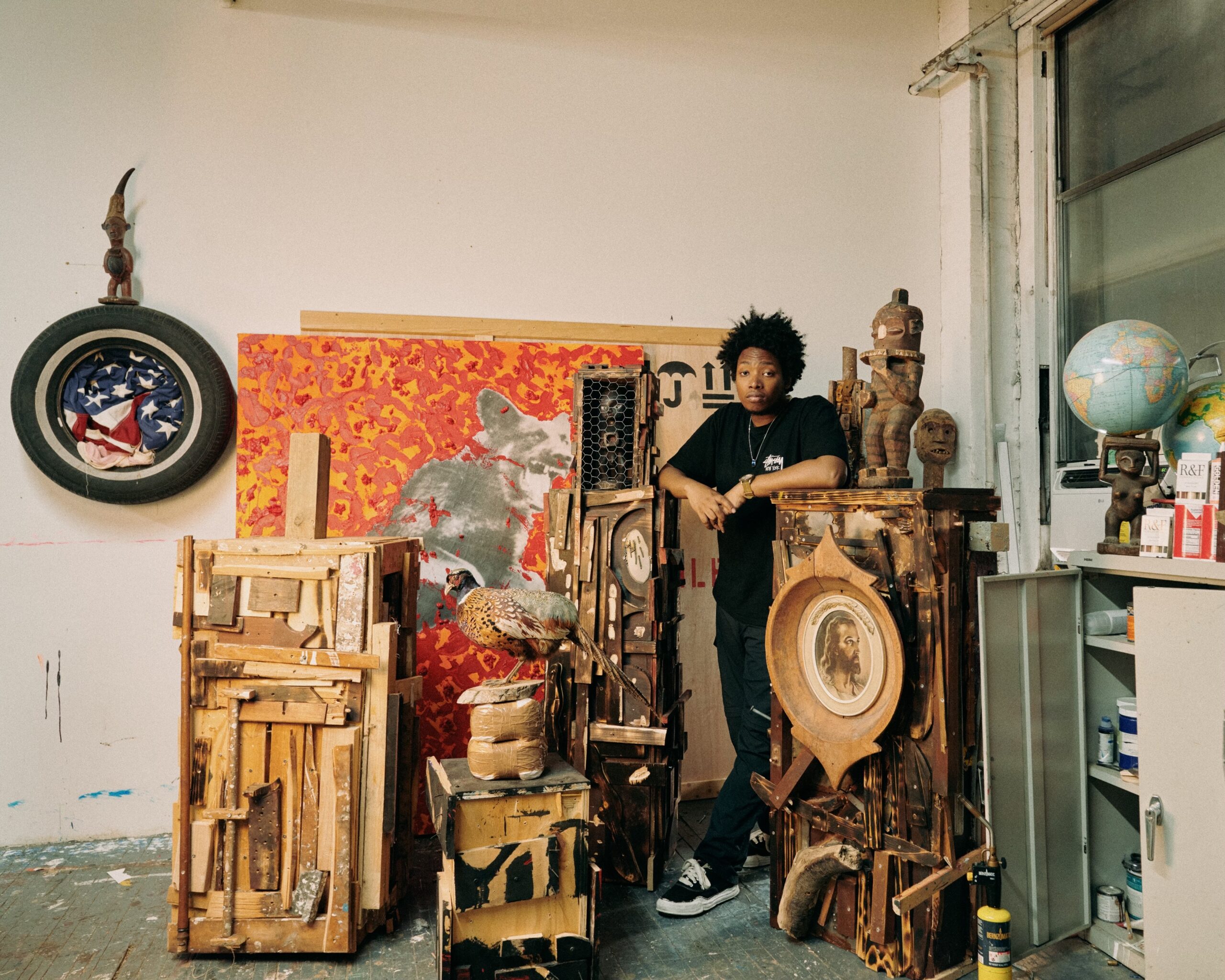
Welcomed by a DJ spinning R&B, guests attending the sleek new UTA Artists Space in Atlanta must descend a flight of lobby stairs before entering the gallery where Emmanuel Massillon unveils an arsenal of new sculptures and paintings. Here, the audience on the opening evening began to ruminate. Their conversations spanning contemporary diasporic experiences within the African-American community and change-making at large.
“We can be on the same planet but exist in different worlds. The way we interact with objects is based on our upbringing. Life leads you to different conclusions.”
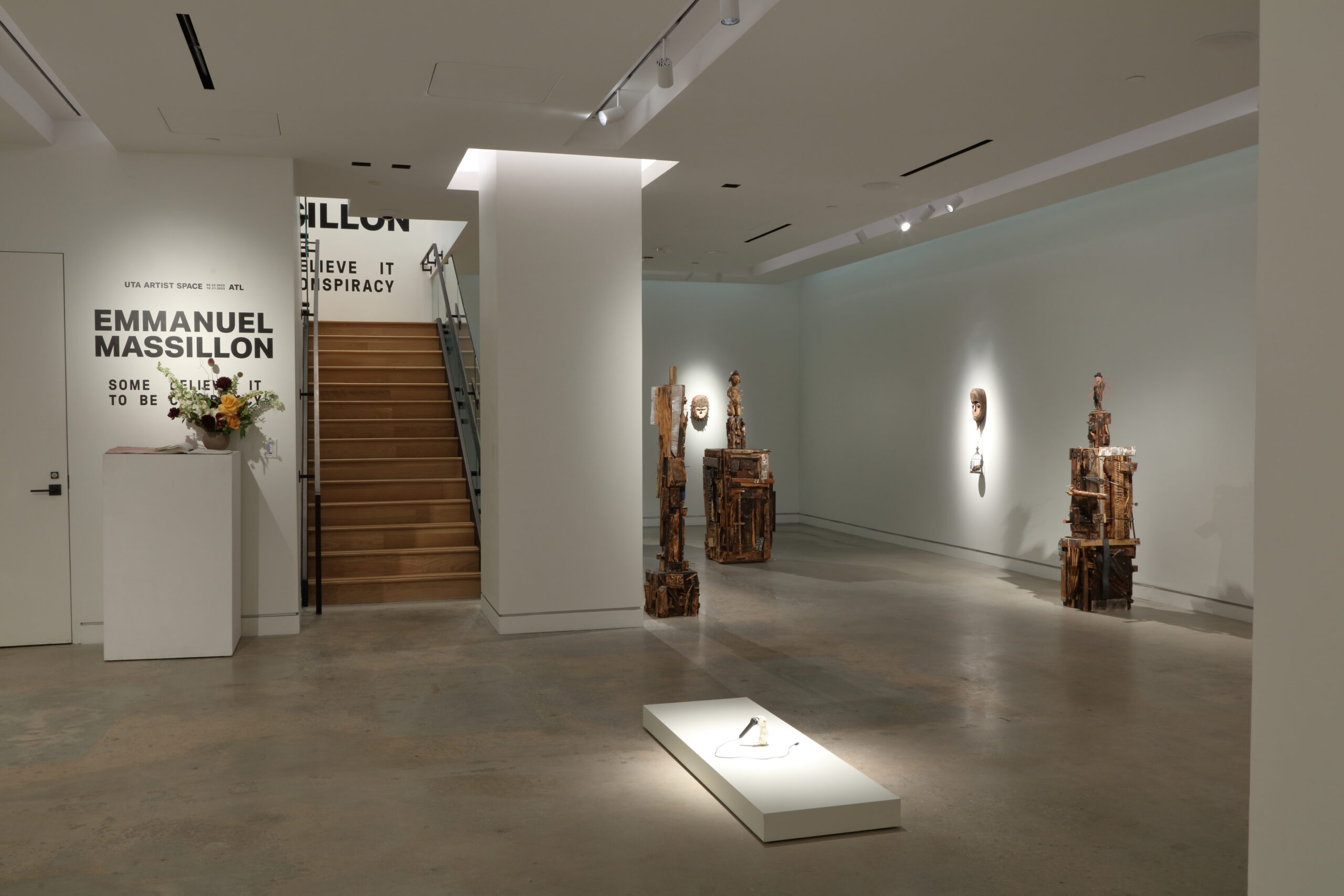
Some Believe It To Be Conspiracy delves into the nuances of the Tuskegee Syphilis Study, the prison industrial complex, the war on drugs, and religion. Massillon looks critically at these issues to draw us closer to the conditions of the black experience,
puzzles of blame, and how we as a society conspire as a means to find answers. Hip-hop and rap have always been an influence for Massillon. As a young black man from the inner city of Washington, DC, he says, “Rappers use literary devices to explain their economic state, addictions or life in general. In a lot of Future songs, if you take the beat away, he’s talking about incarceration, drugs, or friends who have died. They use similes, metaphors and double entendres to talk about their existence through music – so I do the same through my artwork.”
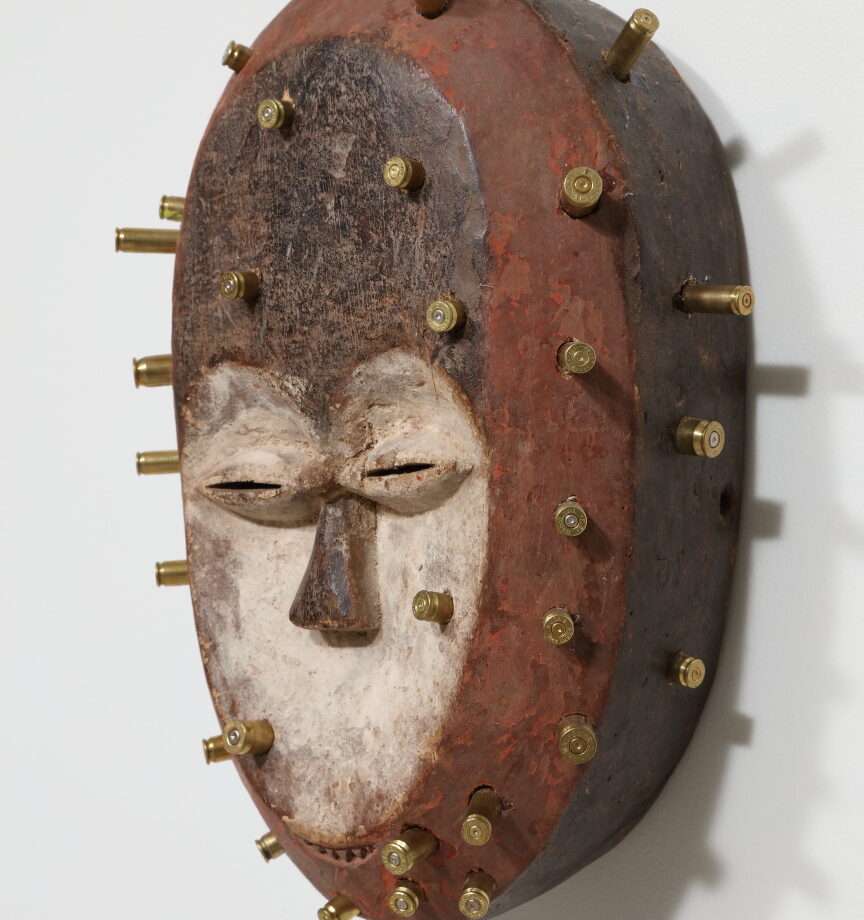

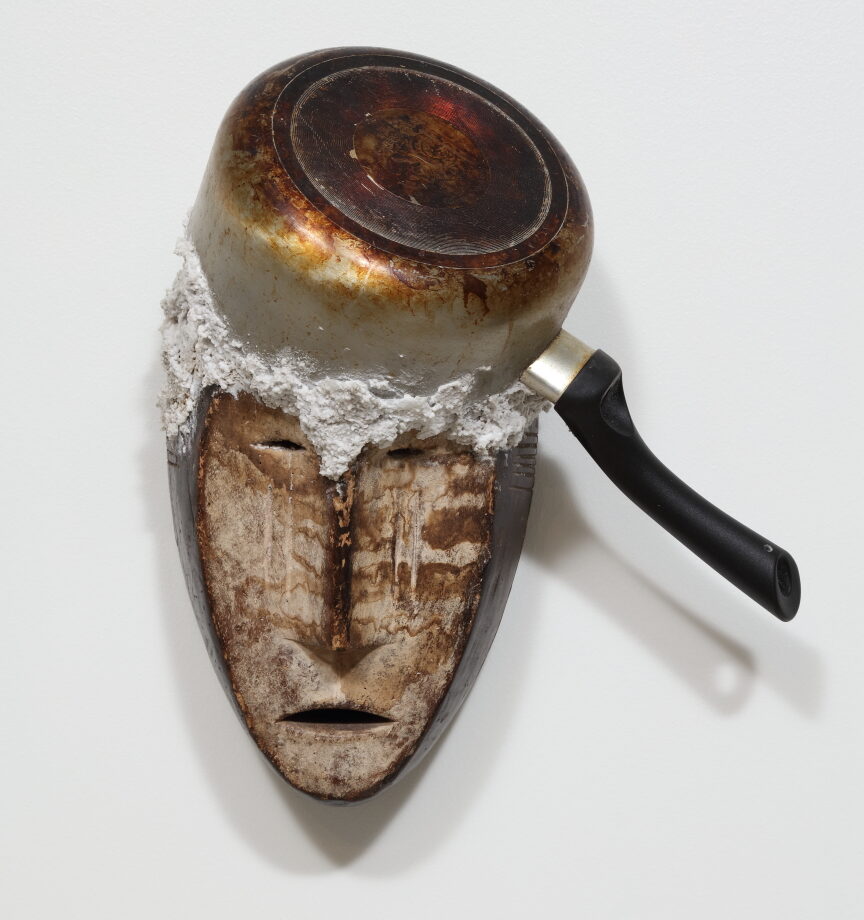
This intersection between art and social criticism inspired him to fuse traditional African sculpture with the tradition of Haitian wood carving. The result is inextricably personal yet spiritual too as Massillon combines these carvings of Benin and Igbo masks with references to the plague of gun violence, the drug epidemic, and mass incarceration in America.
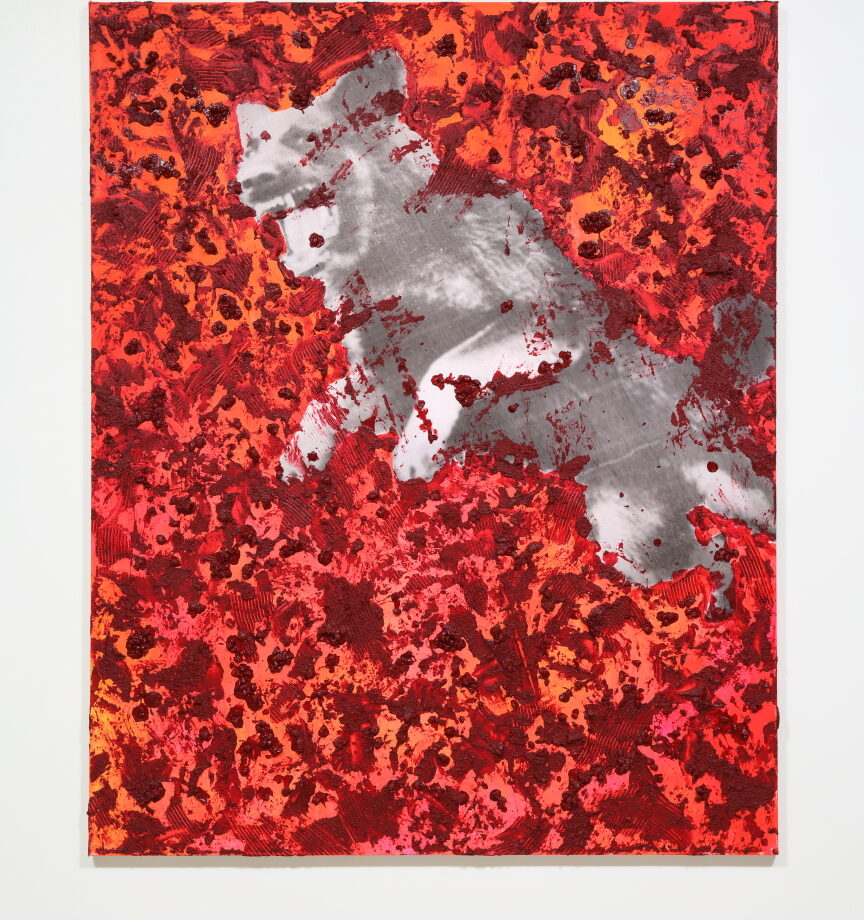
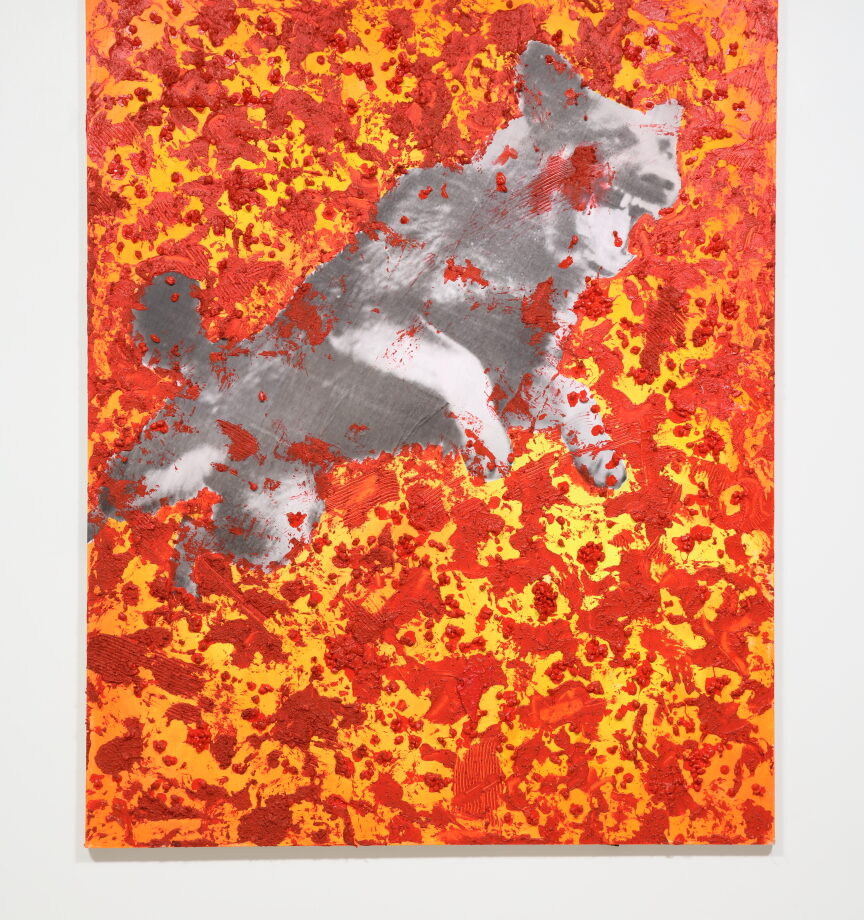
Massillon chooses his materials based on their conceptual integrity and aesthetic. In his Dog Food series, Massillon smears real dog food into paint atop images of raging canines, representing the civil rights movement during which dogs were unleashed onto black protestors fighting for their freedom. Adding dog food to his work presents a double entendre, as dog food is also a street term for heroin. For Massillon, these two ideologies are tied together, the impact of both reverberating throughout generations of black people.
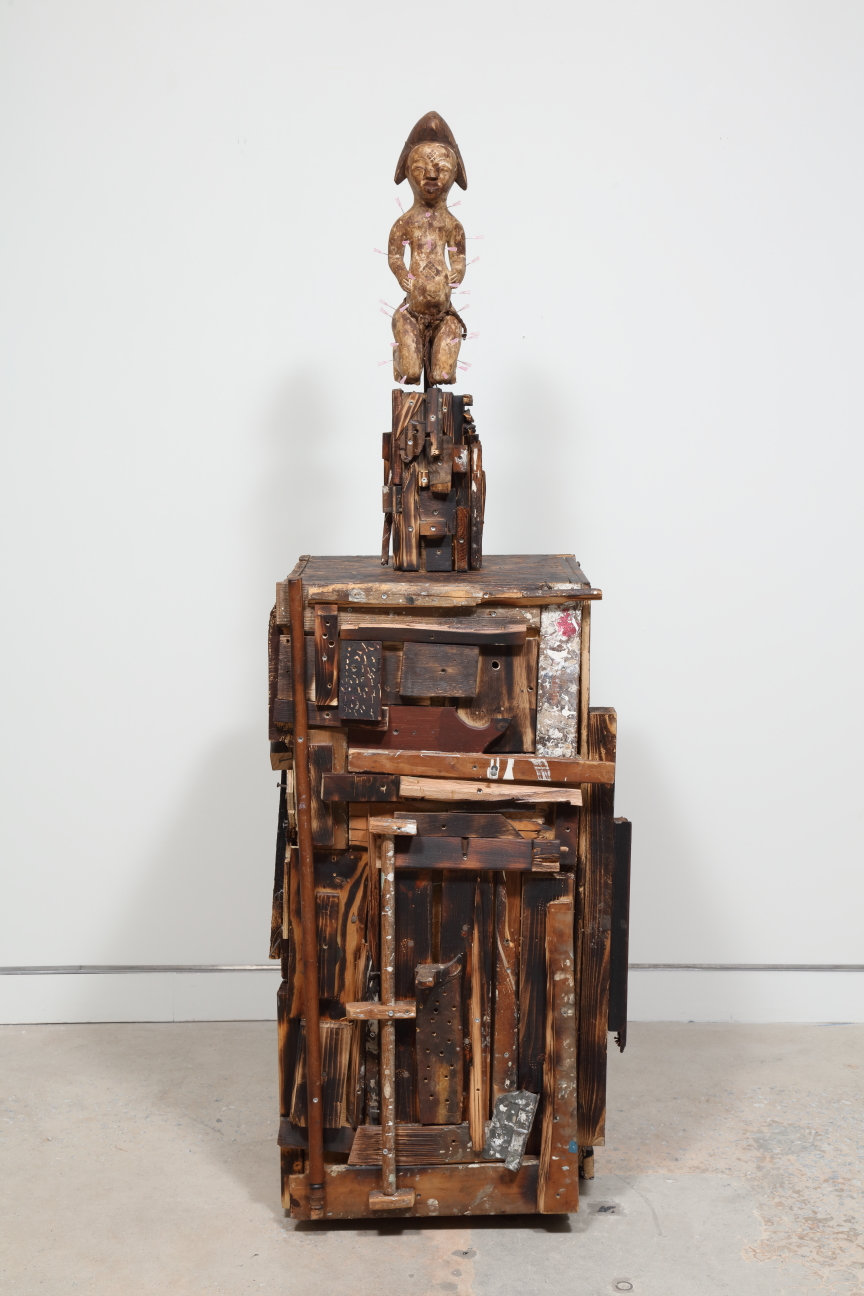
In (Jab) Tuskegee Experiment, a statue sits with dozens of needles stuck in its body, referencing the unethical methods employed against the black body during the Tuskegee Syphilis Study. At this time, African-American people were being used experimentally to track the progression of this deadly disease. The piece points to the contemporary conspiracy of the black community’s skepticism of government-funded immunizations and healthcare.
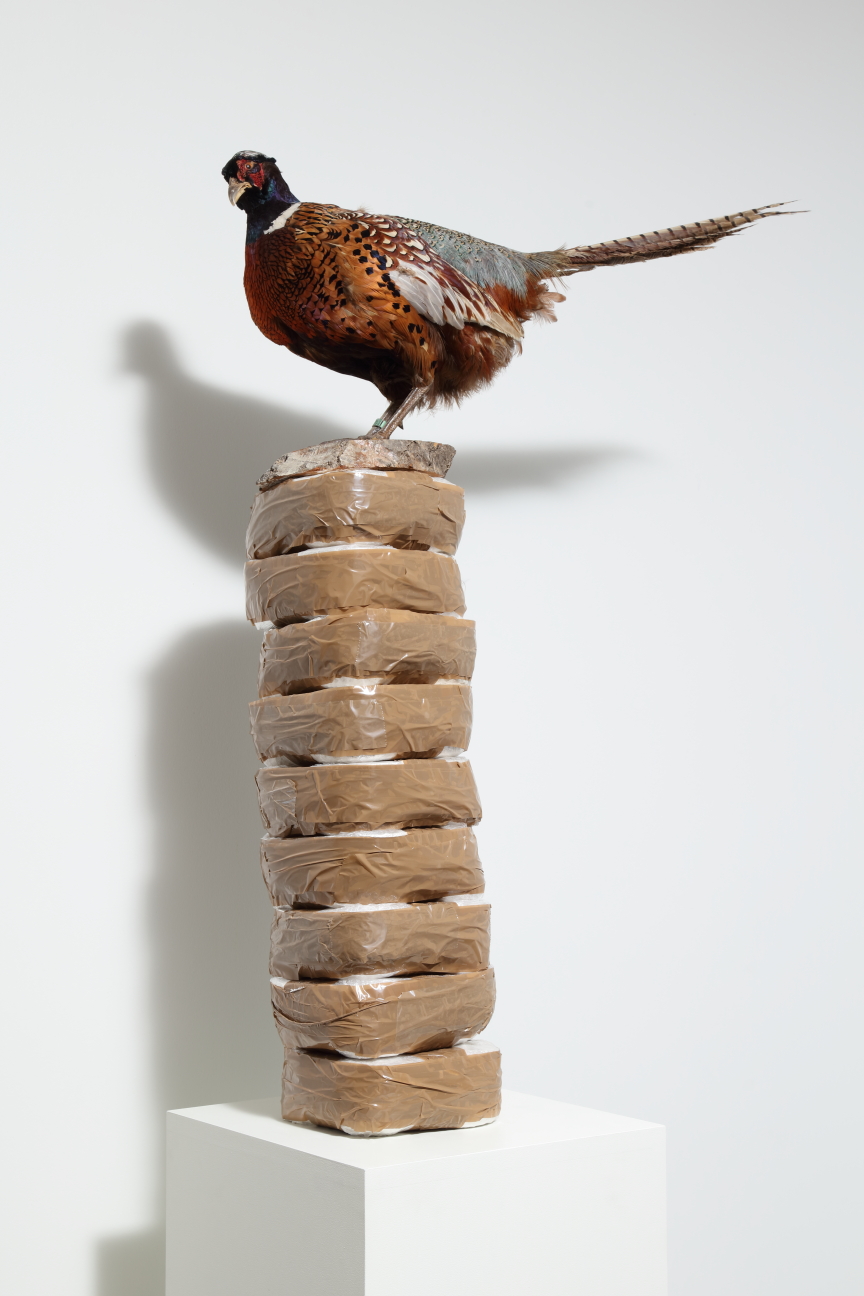
Made with the precision of a master sampler, Massillon’s Some Believe It To Be Conspiracy mixes and reverbs visual language to unpack conspiracies that impact black communities. “Black people have all these drugs but don’t have a passport. How are these things getting here? Who is allowing it to come into communities?” he asks. His work animates real-life metaphors to pose questions and reach the truth to its core by rhyming objects with conceptions of conspiracy.
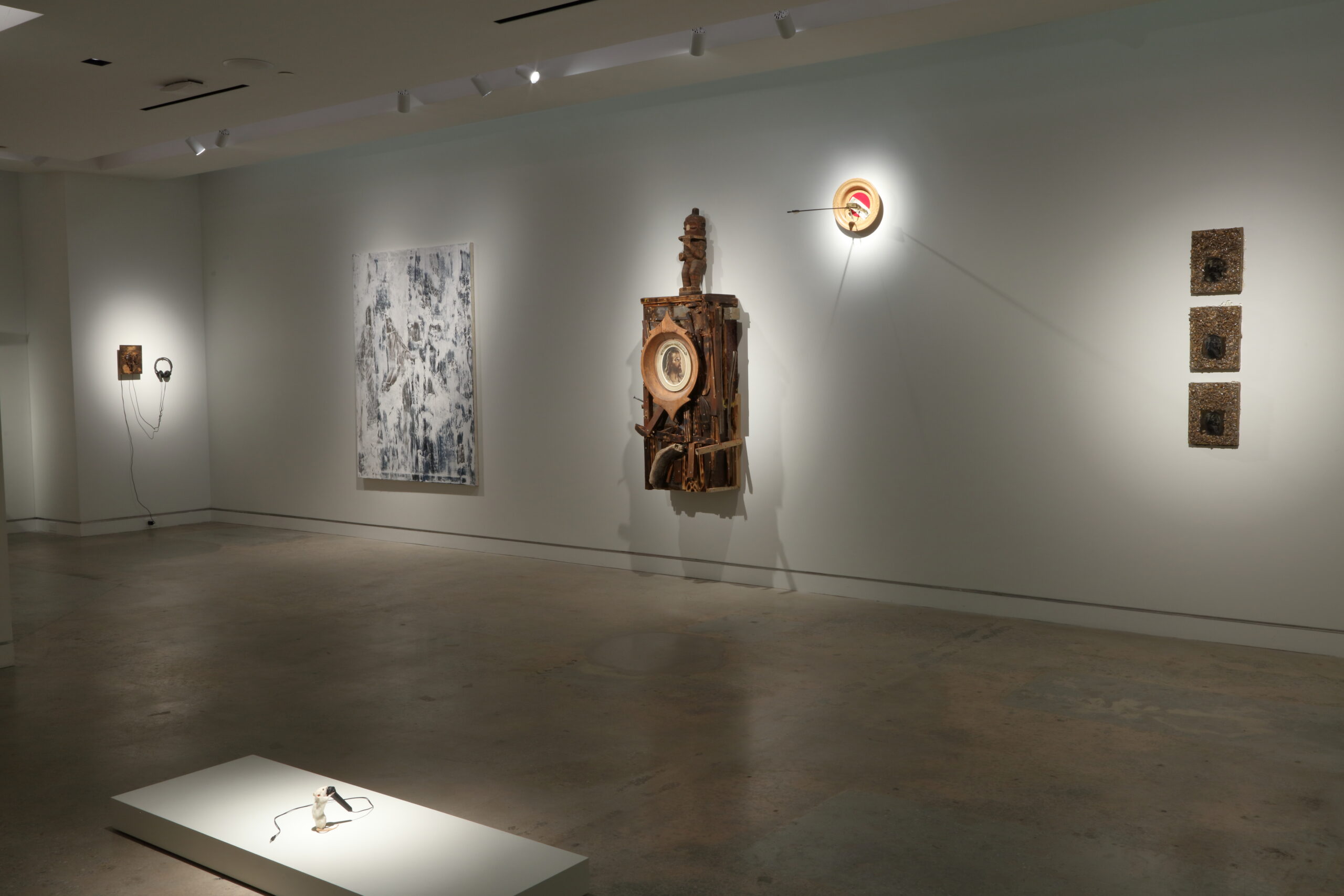
Next, Massillons’ land art installation, Imprints of Connection, will be featured in the second edition of Atlanta Art Week on October 7, 2023 at Pullman Yards. The installation will be made in collaboration with the Atlanta-based dirt bike club, atlbikelife, and will feature a detailed sketch drawn on the ground created solely by the bike’s tire tracks.
This installation is influenced by African fractals, as seen in African native architecture and design, and the conspiracies of UFO crop circles. The performance and the resulting earthwork will function as a compelling symbol of community, resiliency, and self-expression for Atlanta.
Words by Samaira Wilson





